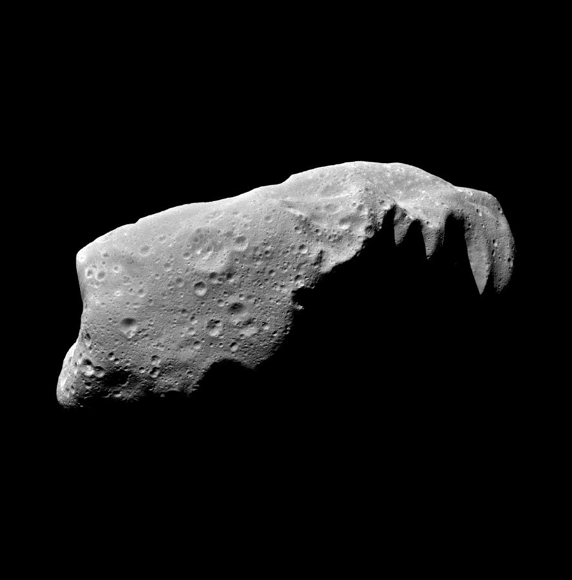The Giant Asteroid Is Due to Fly By Earth Next Week. Viewing the Phenomenon in This Way
The Giant Asteroid Is Due to Fly By Earth Next Week. Viewing the Phenomenon in This Way
Next week, a large asteroid with a diameter more than twice that of New York City’s Empire State Building will come within a few miles of Earth at its closest known approach.
Unlike planets, asteroids are small, rocky bodies that orbit the sun.
Asteroid 7482 (1994 PC1) will fly by Earth and won’t be as close to our planet again for decades.
On Tuesday, January 18, an asteroid will pass by the Earth in our direction. According to CNEOS, its diameter is approximately one kilometre or 3,280 feet, which is approximately 2.5 times the height of the Empire State Building.
While the asteroid’s “close approach” to the Earth is technically a “close encounter,” NASA’s Center for Near-Earth Object Studies (CNEOS) expects the asteroid to pass at an average distance of 1.2 million miles. In comparison, the moon is more than five times as far away from Earth as this distance is.
watch.spectrum.net Activate Code : How to Stream Spectrum TV to Roku
Next Week’s Big Asteroid: What to Expect and Where to Look
The asteroid can be seen by pointing a telescope at a star that is close to where the large space rock is located.

By aiming a computerised telescope at the star HIP 8210, observers can detect the asteroid. According to the EarthSky website, the space rock will appear as a “slowly moving star” in front of the stars.
The website advises North American viewers to use “backyard telescopes to see the asteroid hours after the close approach on January 18,” which is when the closest approach will occur.
Observers should be able to detect the movement of the space rock due to its size and proximity.
It will be more noticeable when the asteroid is near fixed background stars, EarthSky notes.
According to NASA: “The objects in the asteroid belt never had the chance to be incorporated into planets. They are leftovers from that time long ago when planets formed.”
Where did asteroids come from?
Asteroids are left over from the formation of our solar system. Our solar system began about 4.6 billion years ago when a big cloud of gas and dust collapsed. When this happened, most of the material fell to the center of the cloud and formed the sun.
Some of the condensing dust in the cloud became planets. The objects in the asteroid belt never had the chance to be incorporated into planets. They are leftovers from that time long ago when planets formed.
Deepbluedebit.com Activate Card Login Account: Deep Blue Debit Reviews
Are all asteroids the same?
No way! Because asteroids formed in different locations at different distances from the sun, no two asteroids are alike. Here are a few ways that they differ:
- Asteroids aren’t all round like planets. They have jagged and irregular shapes.
- Some asteroids are hundreds of miles in diameter, but many more are as small as pebbles.
- Most asteroids are made of different kinds of rocks, but some have clays or metals, such as nickel and iron.